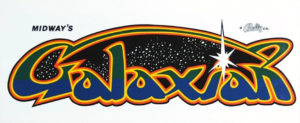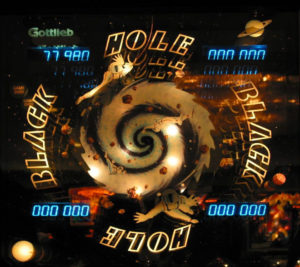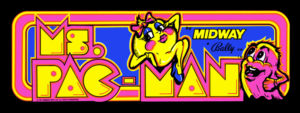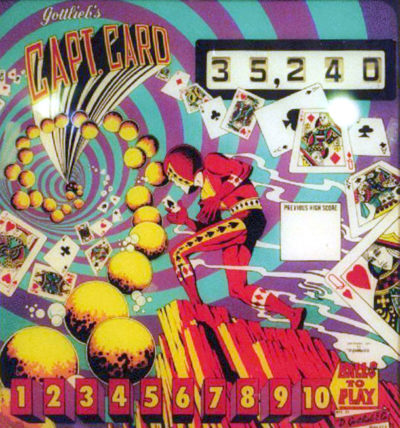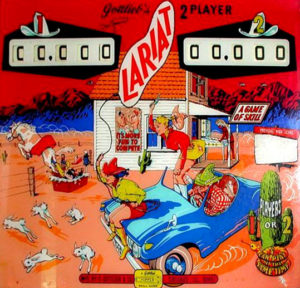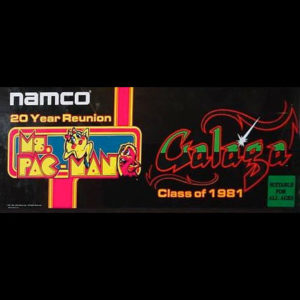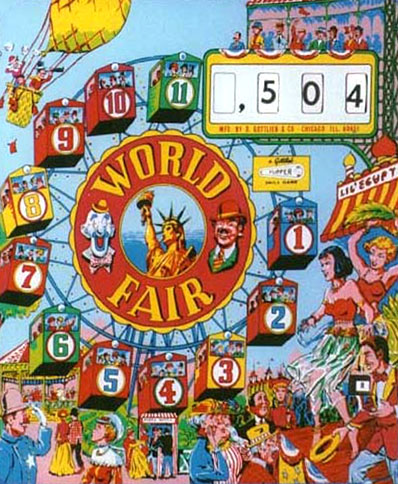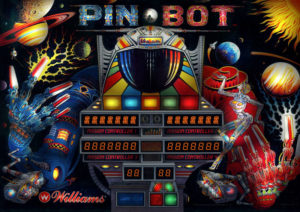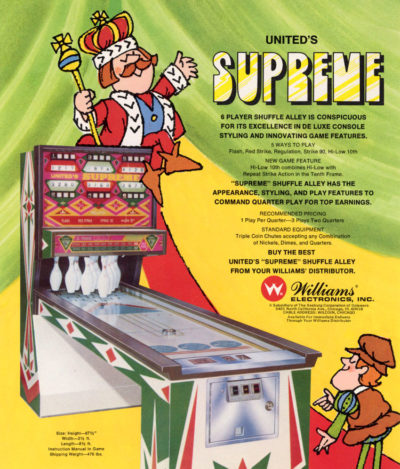-
Galaxian (Gyarakushian?) is an arcade game that was developed by Namco and released in October 1979. It was published by Namco in Japan and imported to North America by Midway that December. A fixed shooter game in which the player controls a spaceship at the bottom of the screen, and shoots enemies descending in various directions, it was designed to compete with Taito Corporation’s successful earlier game Space Invaders (which was released in the previous year, and also imported to the US by Midway Games). The game was highly popular for Namco upon its release, and has been a focus of competitive gaming ever since. It spawned a successful sequel, Galaga, in 1981, and the lesser known Gaplus and Galaga ‘88 in 1984 and 1987 respectively, as well as many later ports and adaptations. Along with its immediate sequel, it was one of the most popular games during the golden age of arcade video games. Galaxian expanded on the formula pioneered by Space Invaders. As in the earlier game, Galaxian features a horde of attacking aliens that exchanged shots with the player. In contrast to Space Invaders, Galaxian added an element of drama by having the aliens periodically make kamikaze-like dives at the player’s ship, the Galaxip.[1] This made it the first game to feature enemies with individual personalities.[2] The game’s plot consists of a title screen that displayed the message “WE ARE THE GALAXIANS / MISSION: DESTROY ALIENS”.[3] Galaxian was very successful for Namco and introduced several “firsts”. Although not the first color video game, Galaxian took RGB color graphics a step further with multi-colored animated sprites and explosions, different colored fonts for the score and high score, the scrolling starfield, and graphic icons that show the number of lives left and how many stages the player had completed. It also features a crude theme song and more prominent background “music.” These elements combine to create a look and feel that would set the standard for arcade games in the 1980s such as Pac-Man. Gameplay The gameplay is relatively simple. Swarm after swarm of alien armies attack the player’s ship that moves left and right at the bottom of the wraparound screen. The ship can only have one shot on screen at a time. The player defeats one swarm, only to have it replaced by another more aggressive and challenging swarm in the next stage. A plain and repetitive starfield scrolls in the background.



